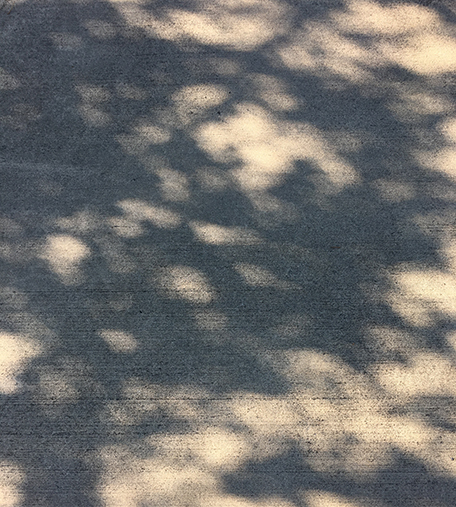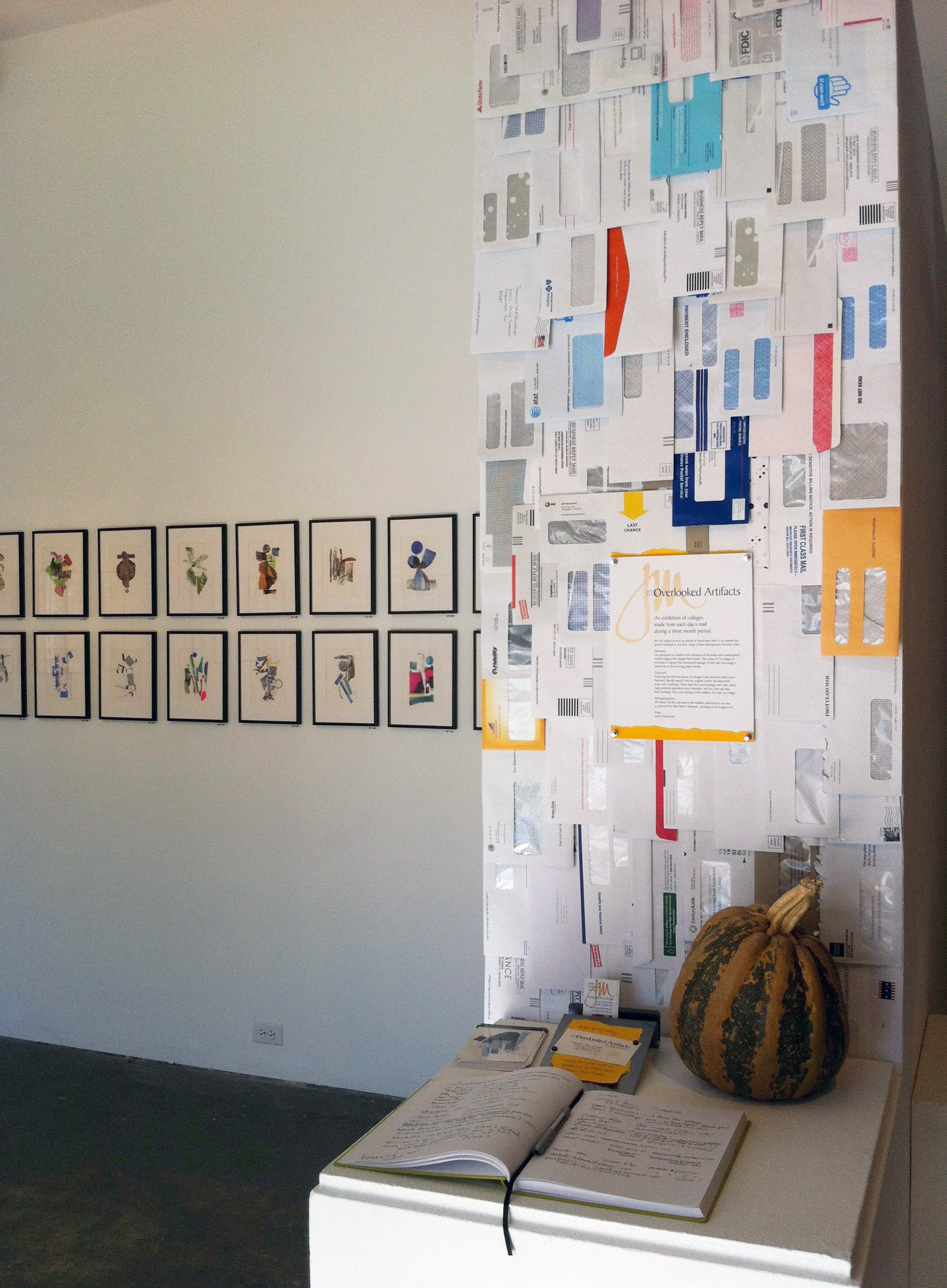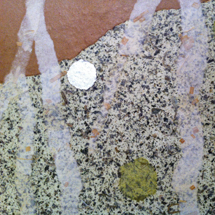I’m very pleased that my collage, “Penumbra,” was selected for Cut Me Up magazine, Issue 13: Nearby, Between. Each issue of the magazine features a curatorial call for the next issue by a guest curator, asking artists to consider specific concepts and approaches to collage.
“Penumbra,” collage on watercolor paper (including elements from Cut Me Up, Issue 12), photographed to include cast shadow of spring branches, 10.25 x 8.25,” ©2024, Janice McDonald.
For issue 13, curator Katie Blake (@whatapageturner) asked artists to explore the Japanese concept of Ma 間, described as a “pause in time, an interval or emptiness in space. The idea of Ma is to make emptiness into a substance itself.” Artists had to incorporate elements from the previous issue of Cut Me Up and were encouraged to explore the intentional use of space by employing new collage techniques.
When I read the criteria, the idea of Ma resonated with me as I remembered the way my uncle helped teach me to draw as a child — by studying and capturing the spaces between things, and then drawing those shapes. That way of thinking has been foundational to my collage practice as I almost always collect elements from the background of an image, rather than working with the subject itself.
Examples of the kinds of photos that I’ve been taking, both in- and outside, that inspired my approach to completing this collage.
Ever since the advent of the iPhone, when I no longer had to worry about film and processing costs, I’ve taken lots of photos of patterns and textures. I often pause to admire the way light and shadow animate objects. I’ve thought about ways to incorporate the images into future collages but hadn’t taken the leap to work with them.
While working on this collage, leaving white space for it to “breathe,” and trying to decide where to take the composition next, I took a break and found myself studying a shadow on the wall in the hallway just outside my studio. As I made my way back to my desk, it suddenly occurred to me that I could purposefully cast a shadow onto my collage as an additional, and ephemeral, element: a real “aha” moment.
I tried working with interior shadows but couldn’t find anything quite natural enough for my sensibilities.
One of many interior experiments with shadow-casting onto my collage in progress. Not what I was looking for!
So eventually I took the partially-finished collage outside and positioned it below foliage. I searched for shadows/shapes that related to, and enhanced, my composition. Many photos later, I discovered the one that resonated most: Ma 間
So, yes, this collage in its final form exists only as a digital photographic image. That fact doesn’t make it any less of a collage, it just adds another layer, and plays with the dimension of time.
I was honored to speak about this work at KolajFest 2024 with Andrea Burgay, the creator and publisher of Cut Me Up magazine and Katie Blake, the curator (not pictured).
Pro tip… Check out Katie Blake’s "What Kind of Collage Is That?,” to explore the many varied ways to consider and categorize collage works. It is a compendium of methodologies and I’m happy to have it as a new resource. Katie describes the book well, here, in an interview with The Weird Show.





















